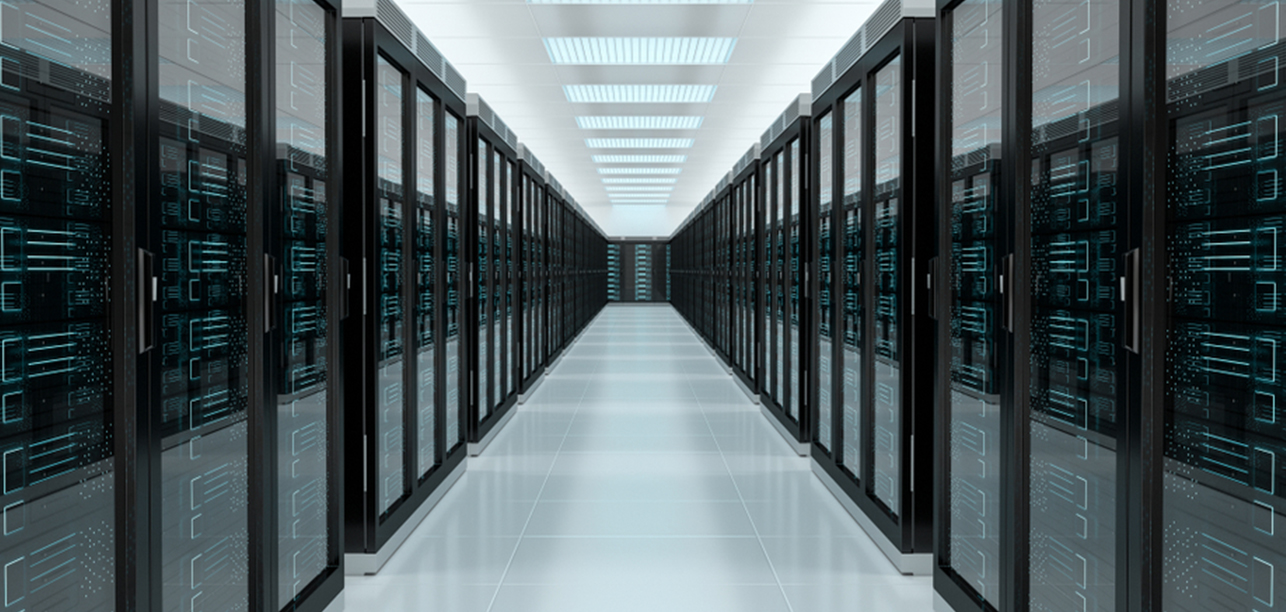
Data center disaster preparedness: Six assurances you should look for in a data center provider
 The Keys to Disaster Preparedness
The Keys to Disaster Preparedness
Whether seeking a new data center services provider or merely reevaluating your existing one, there are several questions you should ask to determine their ability to prevent a disruption to your critical business operations in the event of a disaster — whether natural or man-made.
Unexpected events are inevitable, but by selecting the right data center partner, you can minimize the impact of these events on your business. The keys to disaster preparedness for a data center provider are:
- Infrastructure Design
- Documented Response Plans
- Mock Disaster Drills
- Preventative Maintenance
- Clear Communications
- People
All of these elements should be in place, well-documented where necessary and audited by a third-party firm consistent with Service Organization Controls (SOC) reporting standards.
Over the next few weeks, I’ll be going over all six of these items in detail. For now, let’s start with number one — disaster-resistant design and infrastructure.
Disaster-Resistant Design and Infrastructure
First and foremost in ensuring your infrastructure and data are protected in the event of a disaster is making sure your provider’s facilities are designed to N+1 redundancy standards for both power and cooling. This will certify a level of maintainability as well as resiliency in the event of a loss of power grid utility or other unexpected event.
Additionally, be sure that facilities are designed to operate independent of the electrical grid and “hardened” to withstand outside influences, such as earthquakes or terrorist acts. Actions as simple as positioning bollards in front of an entrance to deter a threat or placing a cement wall between transformers to guard against a catastrophic ground fault can minimize risk. By performing an on-site inspection and discussing different scenarios with your data center provider, you can gain a solid understanding of their infrastructure design, what single points of failure might exist and what plans are in place to prevent unauthorized intrusion, weather-related threats and other outside influences that could impact operations.
When it comes to the data center network, the same concepts apply. Are there any points of commonality in your provider’s IP network between your edge devices and the provider’s exhaust point onto the Internet? Don’t overlook seemingly small details – if the provider has redundant network devices, but they connect to the same patch panel, Uninterruptible Power Supply (UPS) system, breaker or other infrastructure, then all of that built-in redundancy at the network device level is for naught. Regardless of how good a vendor’s Mean Time Between Failure (MTBF) is for their hardware, it is inevitable that those components will eventually fail. The same can be said for routing protocols. Eventually human error, device failure or software bugs will impact the provider’s routing. Can you (and/or your provider) failover seamlessly between all devices that might experience a failure? Is that failover automatic, or would it require a call to the provider’s NOC to handle it? Would it require manual changes on your end?
Ask your provider about sparing. Do they have “hot” spares of every part on-site, or would it require a service call to their vendor? Do they have an asset depot where they stock parts? How quickly can they get parts on-site should something fail? Once the part is on-site, how quickly can they get someone to assist with swapping it out? These are all key questions to ensure that your provider’s infrastructure and design are adequate for disaster scenarios.
To learn more, download our ebook, Data Center Disaster Preparedness: Six Assurances You Should Look For.


